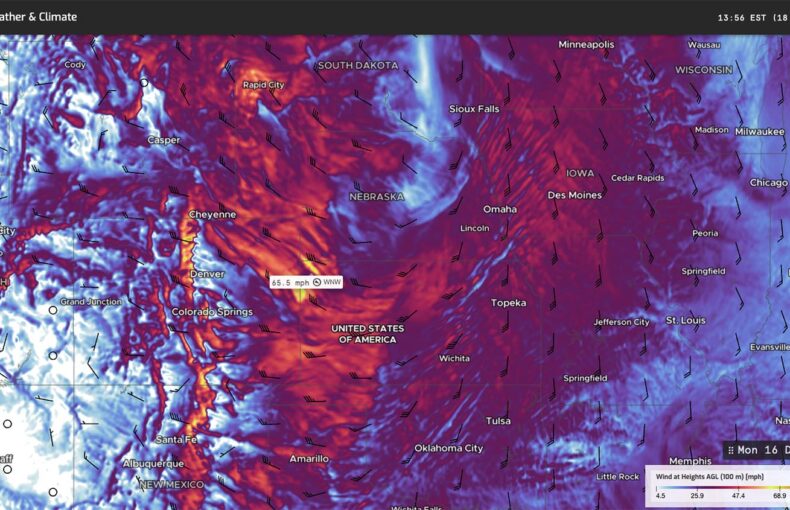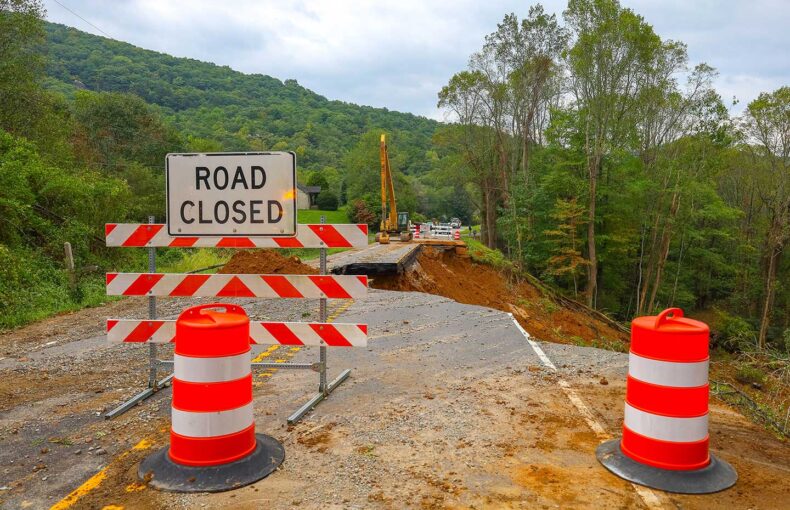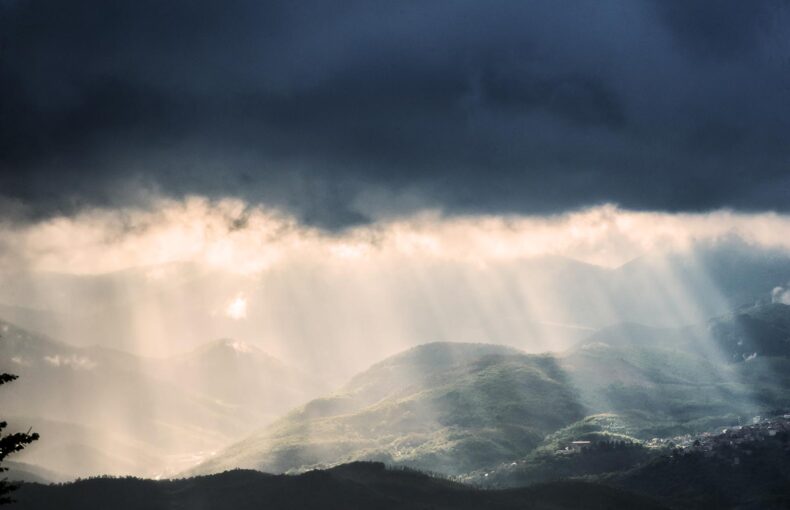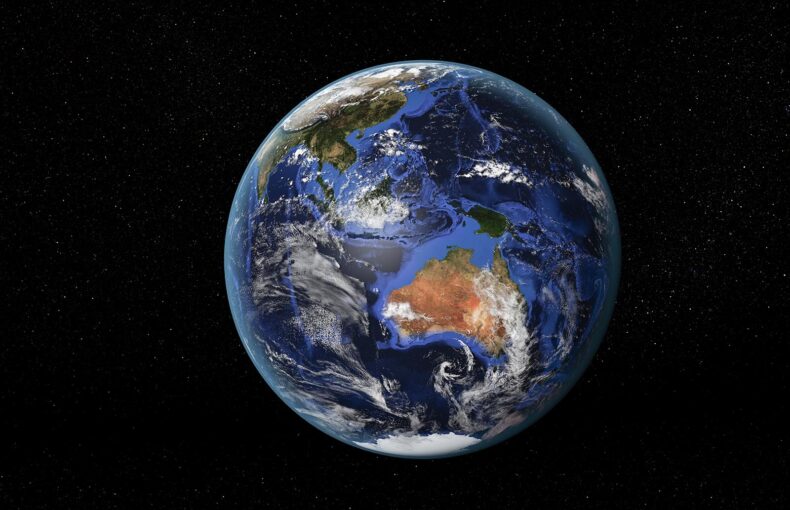What’s the weather forecast for the 2023 Las Vegas Grand Prix?
Deserts conjure images of vast, sun-soaked landscapes such as the Sahara: stretches of sun-drenched sand, scorching temperatures, and scarce water sources.
This year, the Mojave Desert comes alive with the roar of Formula 1 racing cars, illuminating Las Vegas once more after a 40-year hiatus.
This raises the question: how will the weather impact the F1 event?
Indeed, places such as the Sahara experience some of the world’s most extreme heat, where summer averages exceed 40°C and occasionally reach near 50°C. In the northern Mojave Desert’s Death Valley, located in Nevada, USA, the highest summer temperatures have been recorded, including the hottest day of summer 2023 at 53.9°C, observed in Saratoga Spring.
Not all deserts are hot, dry and arid
Surprisingly, the largest desert in the world is Antarctica, a place far from being associated with warm summers. Contrary to popular belief, deserts aren’t solely characterized by scorching heat but by their average annual precipitation levels. Typically, a region is classified as a desert if it receives an average of 25 cm or less of precipitation annually, leading to barren landscapes with minimal vegetation.
The dearth of moisture and resulting dryness notably amplifies the extreme summer temperatures in locations such as the Sahara Desert and Death Valley. With limited moisture, fewer clouds form, crucial for moderating Earth’s temperature. As a result, equatorial and mid-latitude deserts face intense heat due to minimal barriers between the sun and the heated surface, intensifying the soaring temperatures.
During the night, the absence of cloud cover produces an inverse effect, often resulting in extreme cooling. Clouds act as a thermal blanket; at night, when the Earth emits more radiation than it absorbs from the sun, clouds reflect a substantial portion of that energy back towards the surface, effectively retaining heat and maintaining warmer nights. In deserts, lacking this natural insulation, emitted radiation escapes directly through the atmosphere, leading to exceptional nighttime cooling.
Even during summer, when days are scorching, this nocturnal cooling effect persists. Consequently, nighttime lows in deserts may still feel relatively warm despite this cooling process. In winter, desert temperatures—despite being notorious for their heat—plummet to chilly extremes. For instance, in Death Valley, December averages a low of 3°C, with a record low of -9°C, well below freezing. The Sahara experiences similar dips, with winter temperatures dropping into the single digits.
Heated tires impact strong road grip during Formula One races
With the highly anticipated return of the Formula One world championship to Las Vegas this coming Saturday night on November 18th, the Mojave Desert’s nighttime temperatures during late fall and winter have sparked discussions among both motorsport enthusiasts and journalists.
Drivers consider warming up tires crucial as it directly affects road grip during the race. When tires are too cold, cars risk losing traction, resulting in challenging maneuvering around corners at high speeds. The Las Vegas street circuit, featuring segments along the iconic Las Vegas Strip, poses a unique challenge due to its layout comprising extended straight-line sections. This layout limits opportunities for drivers to adequately warm up their tires. The most effective tire heating occurs during braking and cornering, as these actions apply greater energy to the tires. Consequently, the combination of a cold track and minimal corners, resulting in fewer braking zones, raises concerns about the drivers’ ability to swiftly reach optimal tire temperatures.
The coldest Formula One Grand Prix on record stands at the 1978 Canadian Grand Prix in Montreal, where temperatures plunged to 5°C. Considering the November average low of 8°C, speculations have arisen about the 2023 Las Vegas Grand Prix possibly nearing this record. However, it’s worth noting that these low temperatures typically occur in the early morning just before sunrise. Despite the Las Vegas Grand Prix taking place late at night, with both the qualifying session and the race concluding between midnight and 1 am on Saturday and Sunday mornings respectively, it’s probable that the air temperatures during track action won’t reach their lowest.
Low temperatures predicted for the Formula One race
During the midnight Saturday qualifying session, the Spire forecast indicates a temperature of 57.2°F (14°C), with the lowest point of the night, around 55.3°F (12.9°C), expected near 7 am. The Grand Prix kickstarts a bit earlier, at 10 pm local time on Saturday, with Spire’s forecast suggesting a 58.1°F (14.5°C) temperature at the start, gradually dropping to about 54°F (12.2°C) by the race’s end. The coldest temperature, approximately 51.5°F (10.8°C), is anticipated a few hours later, around 7 am Sunday morning. Although noticeably cooler compared to the Brazilian Grand Prix’s 23°C two weeks ago, it appears that Montreal 1978 will retain its record a while longer.

McCarran International Airport, Las Vegas, air temperature and dew point temperature chart over Grand Prix weekend
 Written by
Written by


